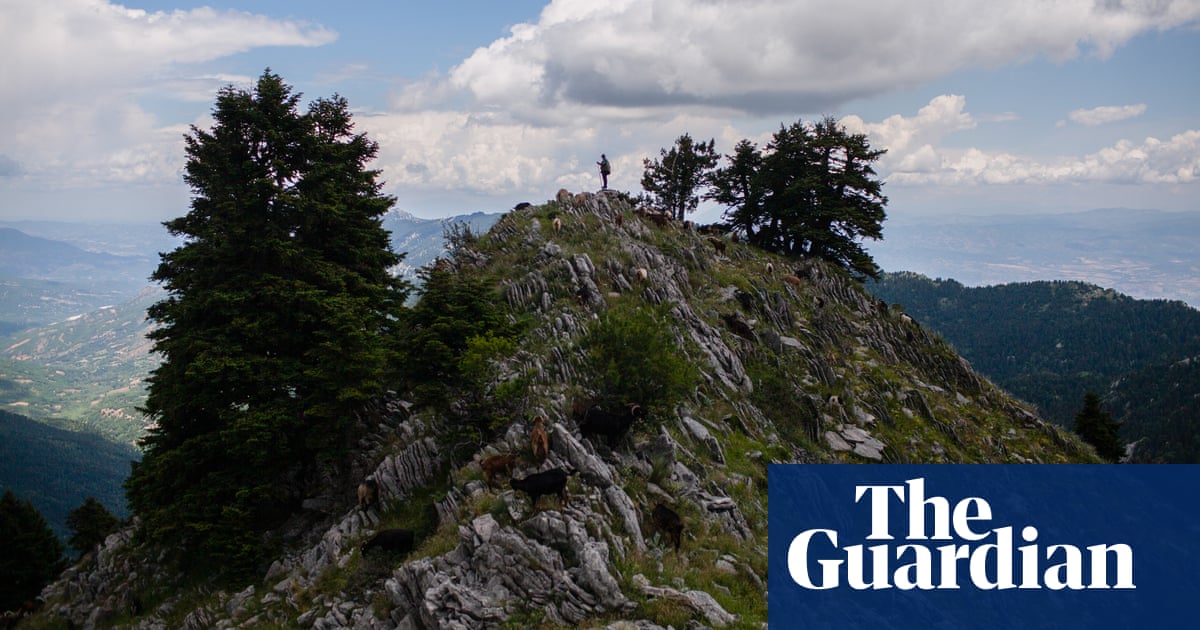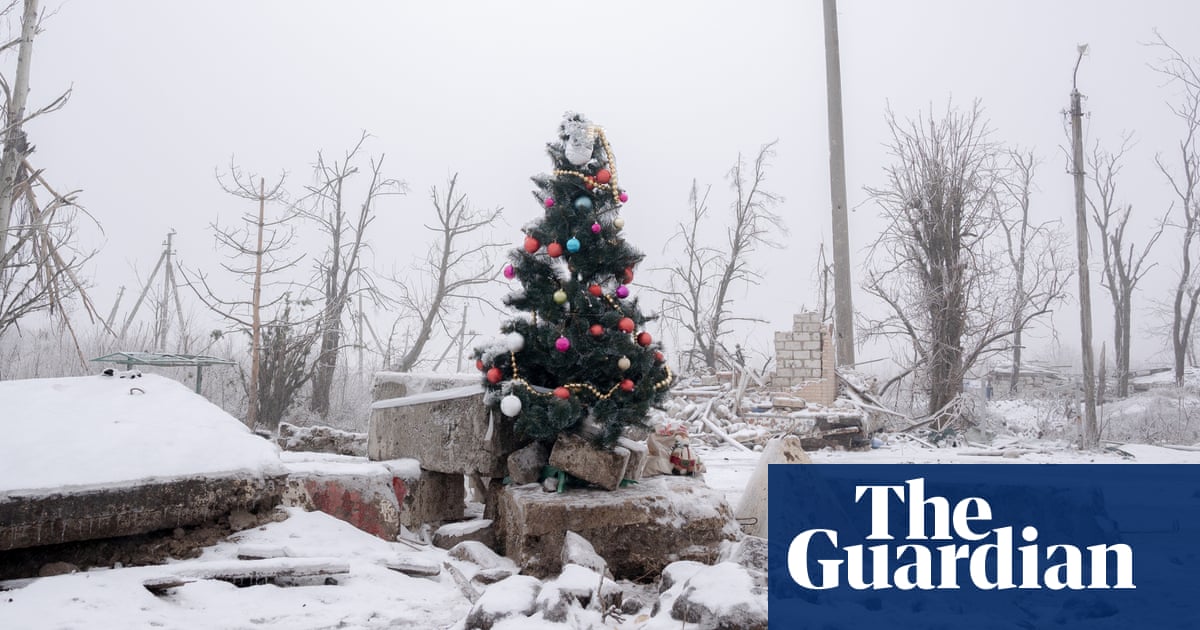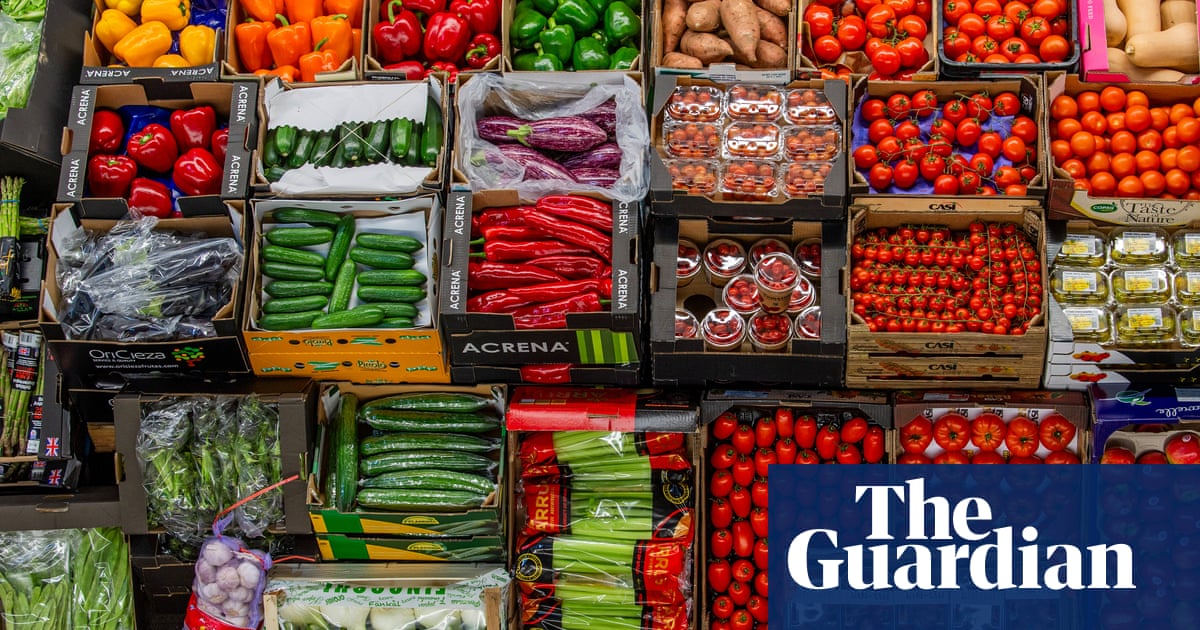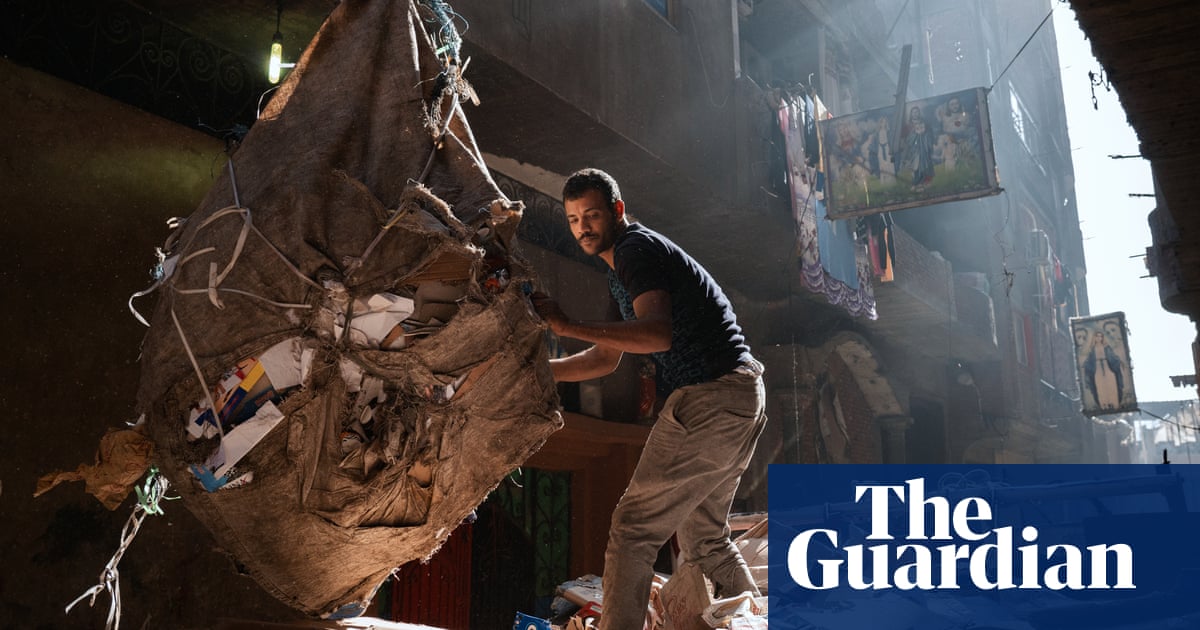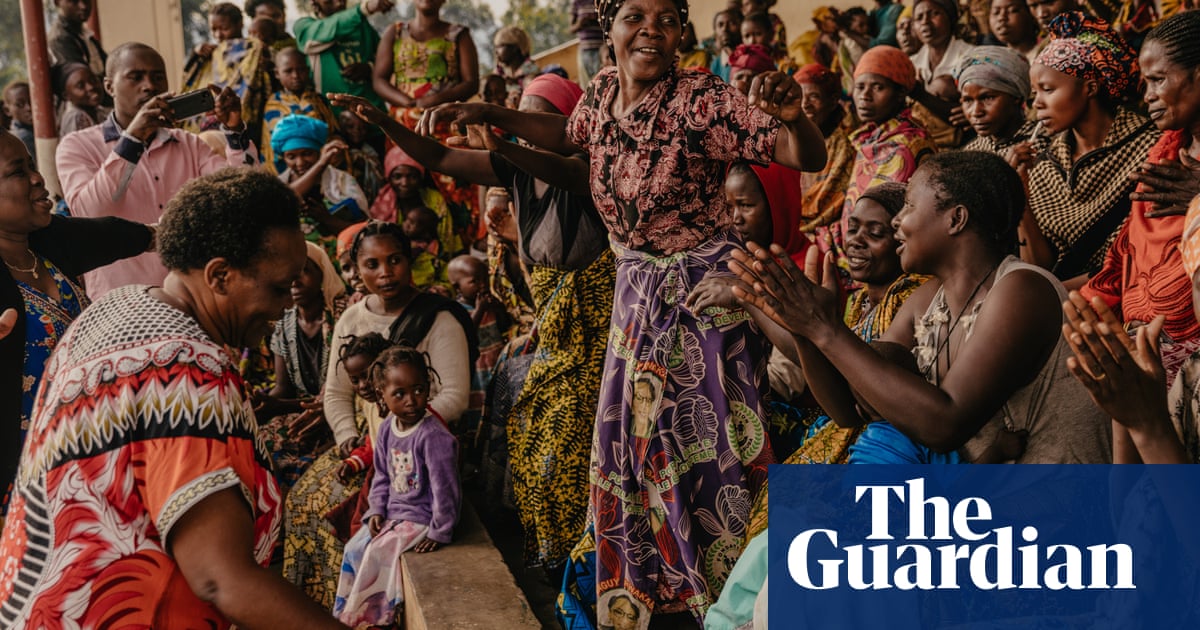
Welcome to the Anthropocene: the historical period that scientists suggest may be marked by the ubiquitous presence of chicken bones, and where factory farms have surged past the environmental safety thresholds established by experts.
About 11 billion chickens, 142 million pigs, 76 million cattle, 62 million sheep, 12 million goats, and counting: this is the population of invisible animals farmed in Europe every year that live and die on the (dis)assembly line.
Intensive farming is the predominant method of producing meat, dairy products and eggs in Europe and elsewhere in the world. It is also recognised as one of the most polluting industries worldwide in 2024, generating nearly 15% of global greenhouse gas emissions. However, the impact of livestock farming on its immediate environment remains relatively unexplored.
The meat and dairy industry in Europe has undergone a transformation over the last two decades, shifting towards significantly larger and more specialised farms. The sight of long, sterile sheds placed in orderly rows, and accessorised with high silos and big noisy fans, dominates more and more of the landscape of the countryside across the continent.
These facilities cast long shadows.
Noise, smell, toxic air, chronic disease and water pollution from factory farms affect neighbouring communities first, often transforming local ecologies and endangering health and welfare.
In the countryside of the Po valley in northern Italy, Giorgio B’s house is no longer a place of peace. The air is filled with the stench of ammonia, a byproduct of the factory farms that have sprung up throughout the area. “I lost my wife to an infection that no antibiotic could cure. Since that day, my life has changed, and the unhealthy air around us is to blame,” he says. “With the farms around me, my grandchildren no longer come to visit me. Sometimes, it smells too bad. At those times, I feel like I’m dying. I occasionally vomit and lose consciousness. I have to wear a mask, otherwise I’m in danger. I am constantly sick.”
“The air is destroying my health and my life,” says Giorgio.
Recently recognised as one of the most polluted area in Europe, the Po valley has a high concentration of intensive livestock farms, making daily life a struggle. Giorgio’s story, and those of many other people in the area, are far from isolated cases.
Across Europe, proximity to factory farms has led to similar problems for local residents. The often daily barrage of invasive smells and gases make activities such as gardening, drying clothes outdoors, or just opening a window, unpleasant. Visits from family and friends dwindle, as they are put off by the persistent stench, while some residents say they have watched trees wither away, highlighting the severe contamination that they blame on the sprawling factory farms next door.
In the Spanish region of Murcia, Merchora Martinez lives only 39 metres from a large pig farm. Since the farm has expanded, Martinez has had severe asthma-like symptoms and headaches that worsen when the smell from the facility is particularly strong, often causing her to vomit. She is chronically depressed, and cries as she talks about living alongside the farm sheds next door.
Beyond the reduced quality of life and associated stress, there are tangible links to physical responses. When the air quality worsens, which can occur a couple of times a week, residents frequently experience respiratory difficulties, headaches, nausea, persistent coughing and sometimes burning eyes. Research suggests flu-like symptoms are among the initial reactions to exposure to hydrogen sulphide and ammonia, two byproducts from factory farming.
The long-term health impacts, though less understood, are deeply concerning. Hydrogen sulphide, particulates, ammonia and volatile organic compounds are some of the things factory farms release into their surroundings that can make people sick in both the short and long term. Released into the atmosphere, ammonia turns into the fine particulate matter known as PM2.5, which can be particularly dangerous as its small size allows it to penetrate deeply into the lungs and bloodstream.
PM 2.5 is listed as a group 1 carcinogenic substance that has been linked to an estimated 253,000 deaths a year in Europe. Exposure to PM 2.5 is linked to heart and lung conditions. Growing evidence has pointed to higher cancer rates in regions where there is a lot of intensive animal farming.
“I developed asthma after living here for 10 years,” says Ans van Maris, who lives in Deurne, one of the regions with the highest density of industrial farms in the Netherlands. “I can’t be in the garden when it stinks, and it stinks practically all the time. So I stay indoors a lot.” When the air quality gets worse, she has to increase the dose of her medication. “When I go far away from here, I feel like I can breathe again.” Inhaling toxic substances from intensive livestock farms is linked to the development or worsening of chronic respiratory diseases such as asthma and COPD.
And the animals? Dust, darkness or constant artificial light, deafening noise, stifling stenches, lack of space, dirt and excrement, disease, abuse: these are the conditions for animals living on intensive farms. Chickens typically have a smaller area than a sheet of A4 paper to move around in, while breeding sows are segregated inside crates that do not allow them to turn around.
The conditions necessary for these intensive production methods to be effective are clear: overpopulations of animals crammed into confined spaces, constant high temperatures, and poor hygiene. These conditions not only make the lives of animals in industrial farming horrendous but increase the risk of dangerous pathogens developing at a time of increasingly frequent novel epidemics and pandemics.
These farms have been linked to outbreaks of influenza strains such as H1N1 swine flu and H5N1 avian flu, and diseases such as African swine fever and Q fever, which can jump from animals to humans. Additionally, they contribute to the emergence of food-borne pathogens including salmonella and E coli, and the spread of livestock-associated antibiotic-resistant bacteria. More recently, research has linked these regions to a higher incidence and severity of Covid-19.
Fifteen years ago, the Netherlands experienced a large outbreak of Q fever, an infectious disease caused by the Coxiella burnetii bacterium from farmed goats, sheep and cattle. From 2007 to 2010, more than 4,000 human cases were reported, mainly in areas with a high density of such farms, causing at least 116 deaths.
Peter van Sambeek lives in Herpen, just a kilometre from the goat farm where the Q fever outbreak is suspected to have started. At 51, he appears fit, but appearances can be deceiving. “I am always tired and in pain,” says Van Sambeek, who has chronic fatigue syndrome resulting from Q fever. “Long Q fever” is also a big risk factor for cardiovascular diseases.
Seventeen years after the infection, he is still suffering, and has had to undergo complicated heart surgery. “My memory is also getting worse. I sleep twice a day. I have lost 70% of my life,” he says. Some people in his condition resort to euthanasia. In Herpen, 60% of the population show autoimmune responses to Coxiella burnetii.
Intensive farming also pollutes waterways, with excessive manure use elevating nitrate content to dangerous levels: 80% of it comes from manure. This pollution does not just pose severe health risks – such as an increased chance of cancer from carcinogenic compounds formed as result of nitrates ending up in drinking water. It can also lead to ecological disasters.
“Nitrate-contaminated wells are always in agricultural areas and the main source for this is fertilisers and manure,” says Dr Cristina Villanueva, an expert in water quality and health at the ISGlobal health institute in Spain. “Once a well is contaminated, it is very hard to clean it up.”
A recent study from Denmark indicates a correlation between nitrate levels of more than 4 milligrams a litre in drinking water and an increased risk of colon and rectal cancer. An EU limit of 50mg a litre was set in the 1980s. “There are more and more studies suggesting that the threshold might not be low enough for long exposure,” says Villanueva.
In Spain, nitrate contamination from agricultural and livestock sources has left more than 200,000 people without drinking water, according to the Spanish health ministry. In the city of Huesca, Cristina de la Vega’s tap water often has nitrate levels of 140mg a litre. “I stopped drinking water from my home in 2017. Every time I go shopping I need to remember to buy the big bulky bottles of water,” she says.
De la Vega lives in one of the many areas in Spain that have been declared vulnerable to nitrate pollution; the water cannot be used for drinking or cooking. In fact, 37% of groundwater in Spain is already affected by nitrate contamination, and citizens and city halls are finding alternative ways of getting water to homes.
Many people across Europe who live near factory farms do not want to leave their homes, and want to fight for a better future and their land. Many others simply cannot afford to leave, as they are unable to sell a property next to an industrial animal farm.
In the Polish village of Kuczbork-Osada, property values have plummeted by as much as 80%, leaving residents feeling trapped and desperate. Poland, as Europe’s largest producer and exporter of poultry meat, produces more than 1.5 billion chickens annually. The town of Żuromin, which dates back to the middle ages but is now known as “chicken city”, produces at least 80 million chickens a year. This dense concentration of poultry farms has resulted in severe problems such as foul odours, health problems and significantly reduced property values for nearby residents.
In another part of Poland, Agnieszka Białochławek, a police officer from Domaszkowice, lives near a pig farm. “I have nightmares in which I can’t breathe. I wake up in terror with my hands at my burning throat, and an unbreathable air,” she says. Białochławek spent her pregnancy documenting the environmental impact of the pig farm. Her son, born prematurely, has breathing difficulties, and according to her, it is the intensive farm that is responsible for their problems.
As communities across Europe grapple with the impacts of intensive livestock farming, anger and a profound sense of abandonment permeate their lives. Yet amid the challenges, people need to find a spirit of resilience. This fight against an unsustainable system is not just about survival – it’s about envisioning a future where the land, animals, and people can thrive harmoniously, free from the shadow of industrial farming.





